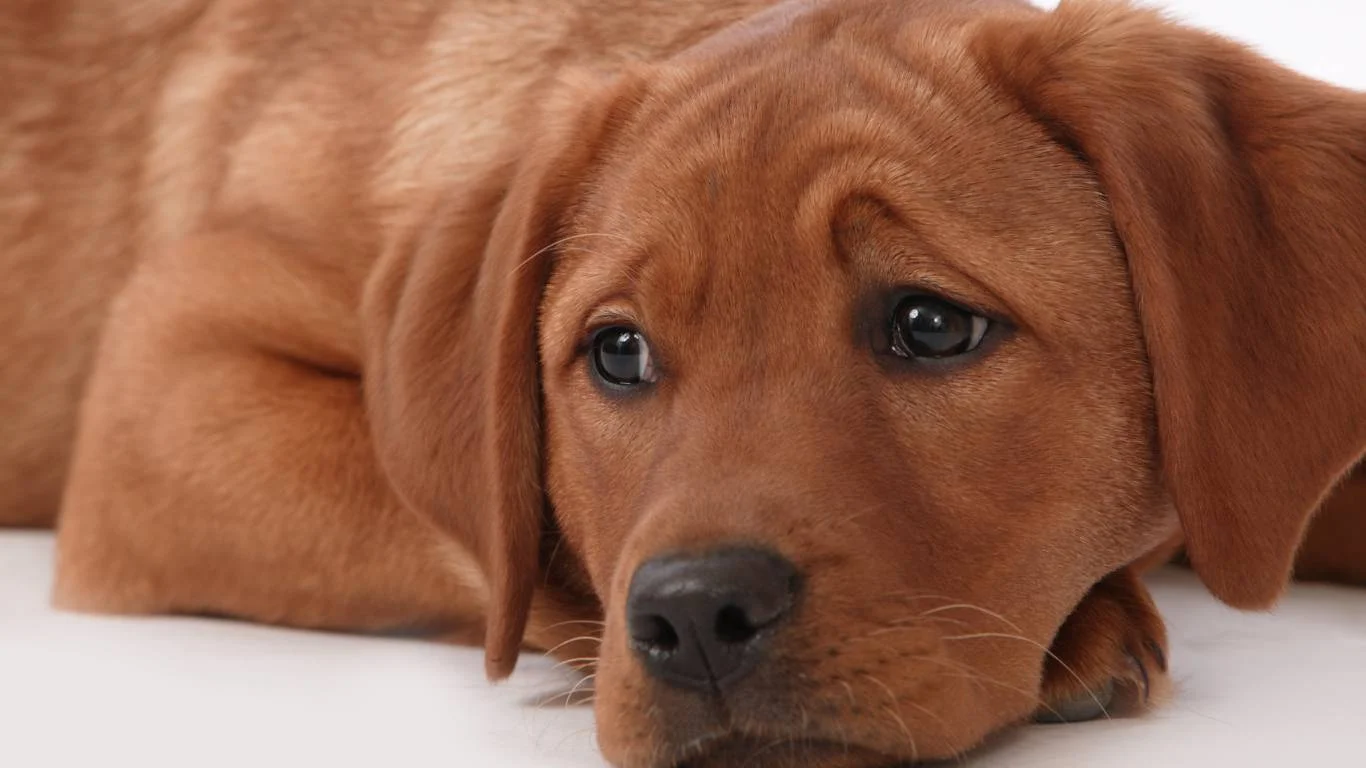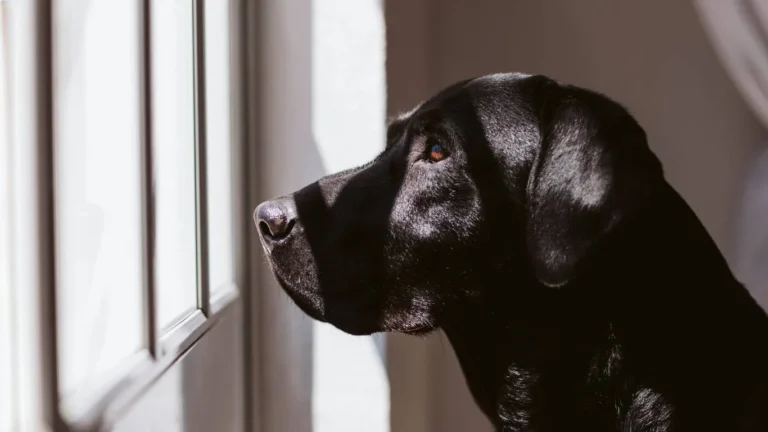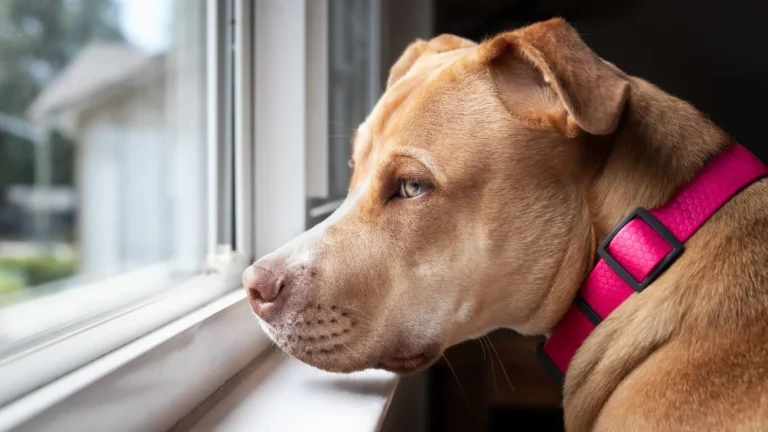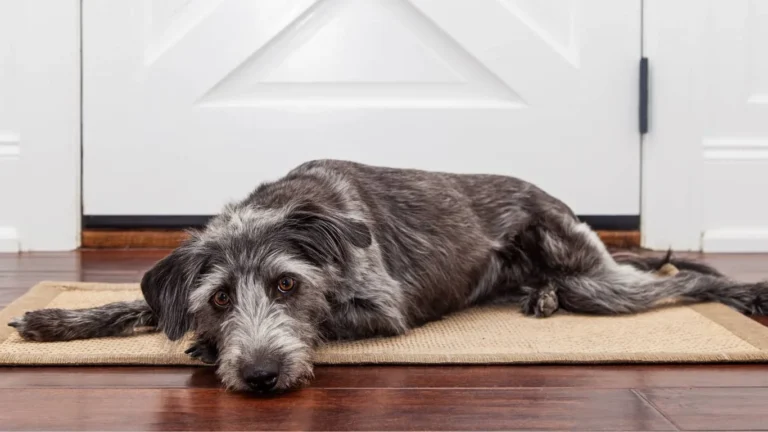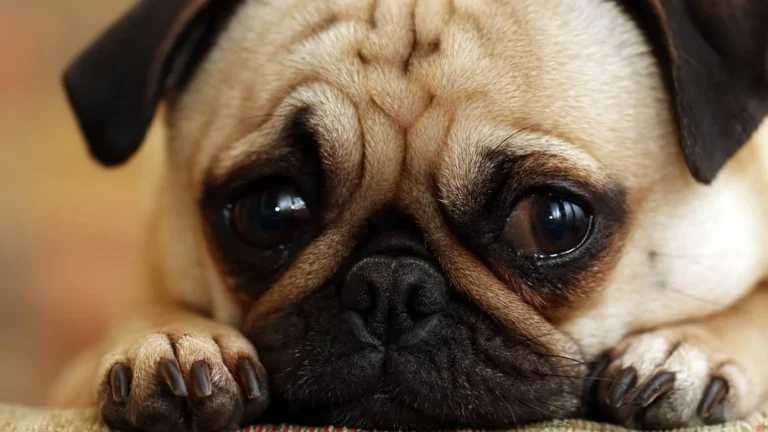What to Do If Your Dog Has Chronic Sneezing: Real Fixes That Work
If you’ve been googling what to do if your dog has chronic sneezing, you’re definitely not alone. As someone who’s worked as a Veterinary Assistant with a focus on nutrition, I’ve seen this concern pop up way more often than you’d expect. Sneezing might seem like a cute quirk at first — trust me, I’ve chuckled at a few tiny sneezes during check-ins — but when it becomes chronic, it’s time to dig deeper. Dogs sneeze for a bunch of reasons, and some of them can be more serious than just sniffing dust bunnies under the couch. So, if your pup is practically performing a sneezing symphony day after day, let’s unpack what’s going on and what you can do to help.
Understanding Why Your Dog Keeps Sneezing
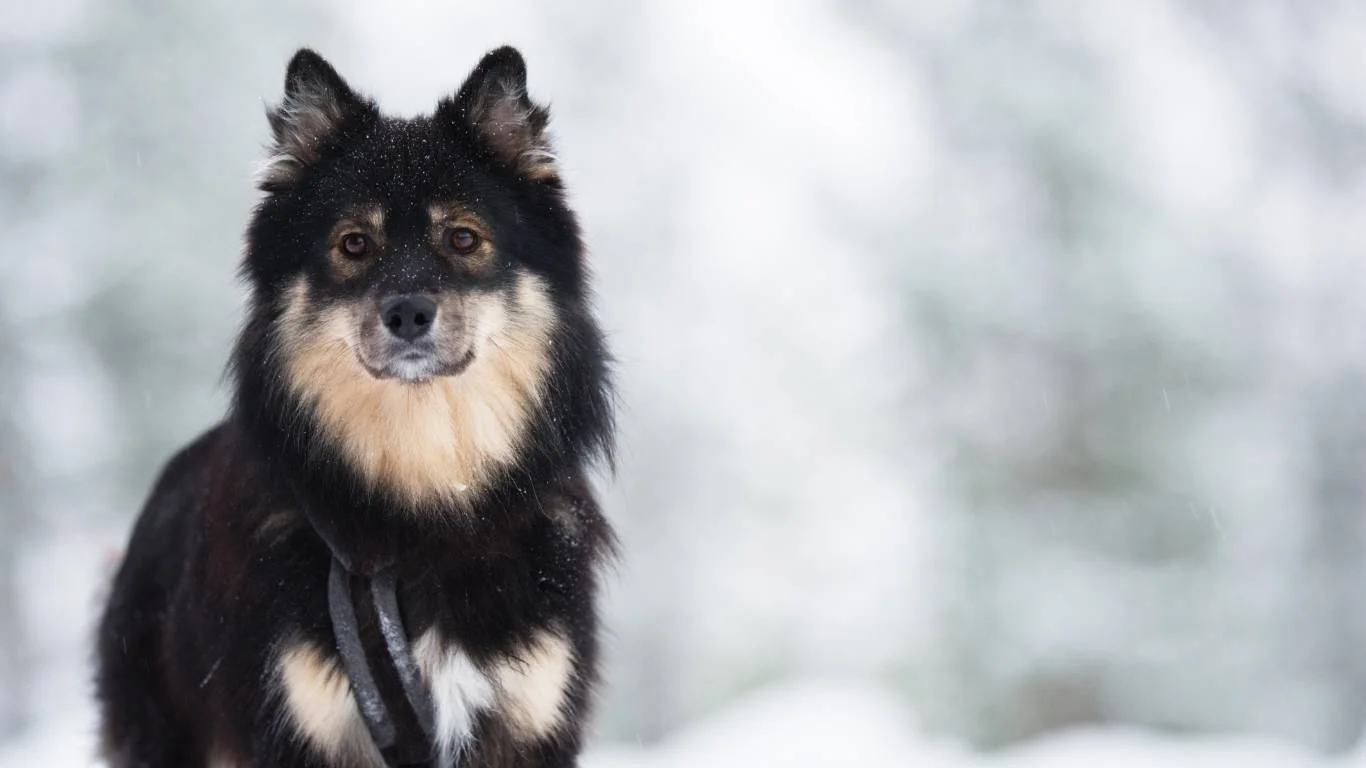
1. Allergies Aren’t Just a Human Thing
One of the most common culprits I see in chronic sneezing cases? Allergies. Yep, dogs can have seasonal allergies just like us. They can be allergic to pollen, dust mites, mold, household cleaners — even other pets in the house. I once helped a sweet Golden Retriever named Luna who turned out to be allergic to her owner’s perfume. Wild, right?
If your dog’s sneezing kicks up during certain times of year or after a good romp in the grass, that’s a big hint. Keep an eye out for other symptoms like:
- Itchy skin or ears
- Red, watery eyes
- Excessive paw licking
- Frequent ear infections
Talk to your vet about antihistamines or hypoallergenic diets — we’ve had great results using omega-3 supplements and limited-ingredient foods in some allergy-prone pups.
2. The Not-So-Fun World of Nasal Infections
Another reason for ongoing sneezing? Nasal infections. Bacterial, fungal, or viral — I’ve seen all types. These usually come with a funky nasal discharge (think yellow, green, or even bloody), and your dog might paw at their nose or act super lethargic. One of my former patients, a senior Boxer, had a deep-rooted fungal infection that required serious antifungal treatment, but once it cleared, she was a new dog!
If you notice sneezing paired with any of these signs:
- Thick, colored nasal discharge
- Bad odor from the nose
- Visible swelling or pain around the muzzle
— don’t wait. A vet visit with a nasal swab or even imaging might be needed.
What to Do if Your Dog Has Chronic Sneezing: Step-by-Step
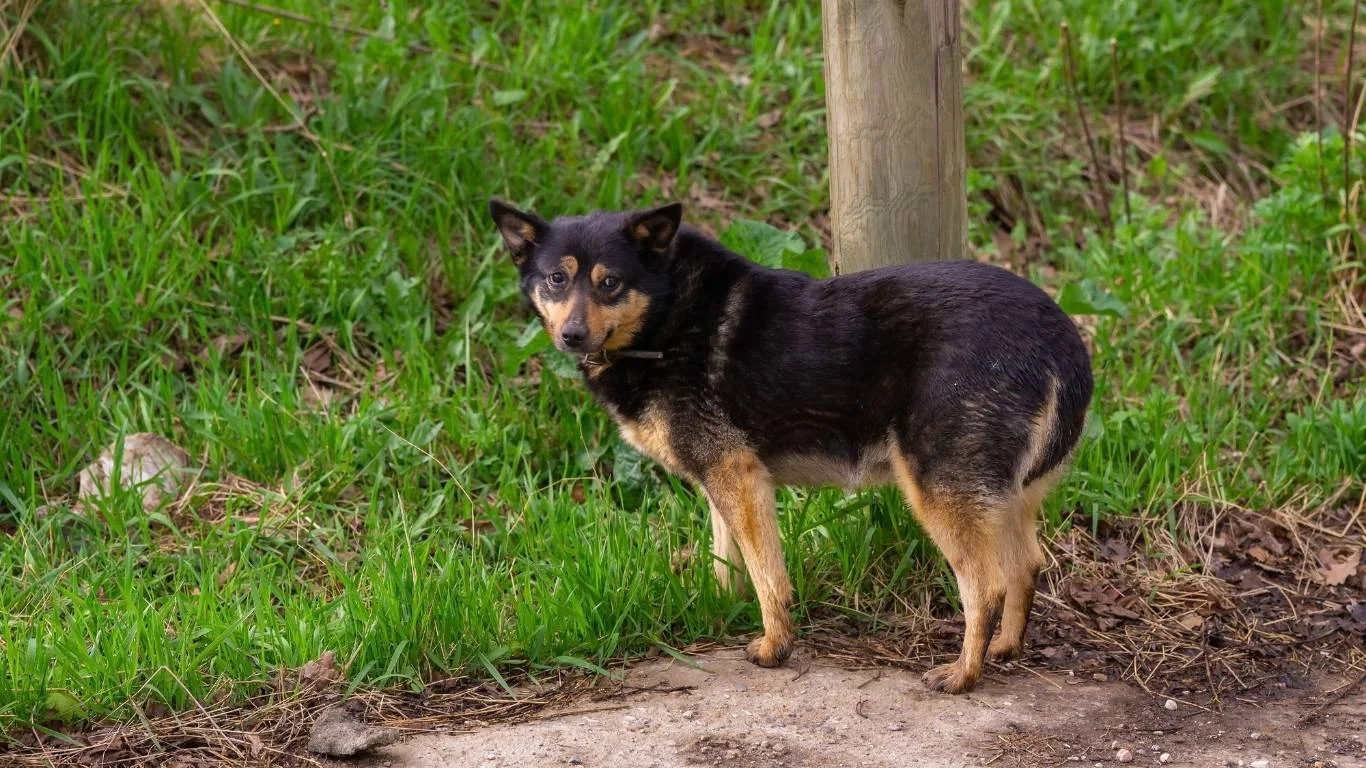
1. Rule Out the Obvious First
This sounds basic, but seriously — check for the simple stuff first. Did your dog get into something dusty or sniff around the attic? Are you using a new candle or cleaning spray? These can irritate their nasal passages fast. I recommend keeping a little “sneeze diary” — just jot down when the sneezing starts, what your dog was doing, and any changes in the environment.
Here are a few quick environmental swaps I often suggest:
- Switch to unscented or pet-safe cleaning products
- Run an air purifier in main living areas
- Vacuum frequently (especially if you have carpets or other pets)
- Try natural laundry detergents if your dog lays on your bed or clothes
These changes might seem small, but I’ve seen sneezing reduce drastically just by switching to a fragrance-free floor cleaner. No joke!
2. Foreign Objects: Yep, It Happens
One time a beagle came in sneezing like mad, and it turned out she had a blade of grass lodged way up in her nasal passage. Yikes! Dogs are naturally curious sniffers, and sometimes they inhale things that don’t belong — think foxtails, dirt, plant bits, even bugs.
If your pup’s sneezing came on suddenly and violently after a walk or yard play, or if they keep pawing at their nose and shaking their head, it’s time for a vet to take a closer look — maybe even under sedation. It’s not something you want to leave alone.
3. Don’t Overlook Dental Issues
This one’s sneaky. But chronic sneezing in dogs can sometimes be traced back to dental disease. Yup — an infected tooth, especially one in the upper jaw, can cause irritation or even create a fistula (a little tunnel) into the nasal cavity. That leads to — you guessed it — nonstop sneezing.
I had a tiny terrier named Buster who sneezed for weeks until we discovered a rotten molar was the root (literally) of the problem. Once it was extracted, he bounced right back.
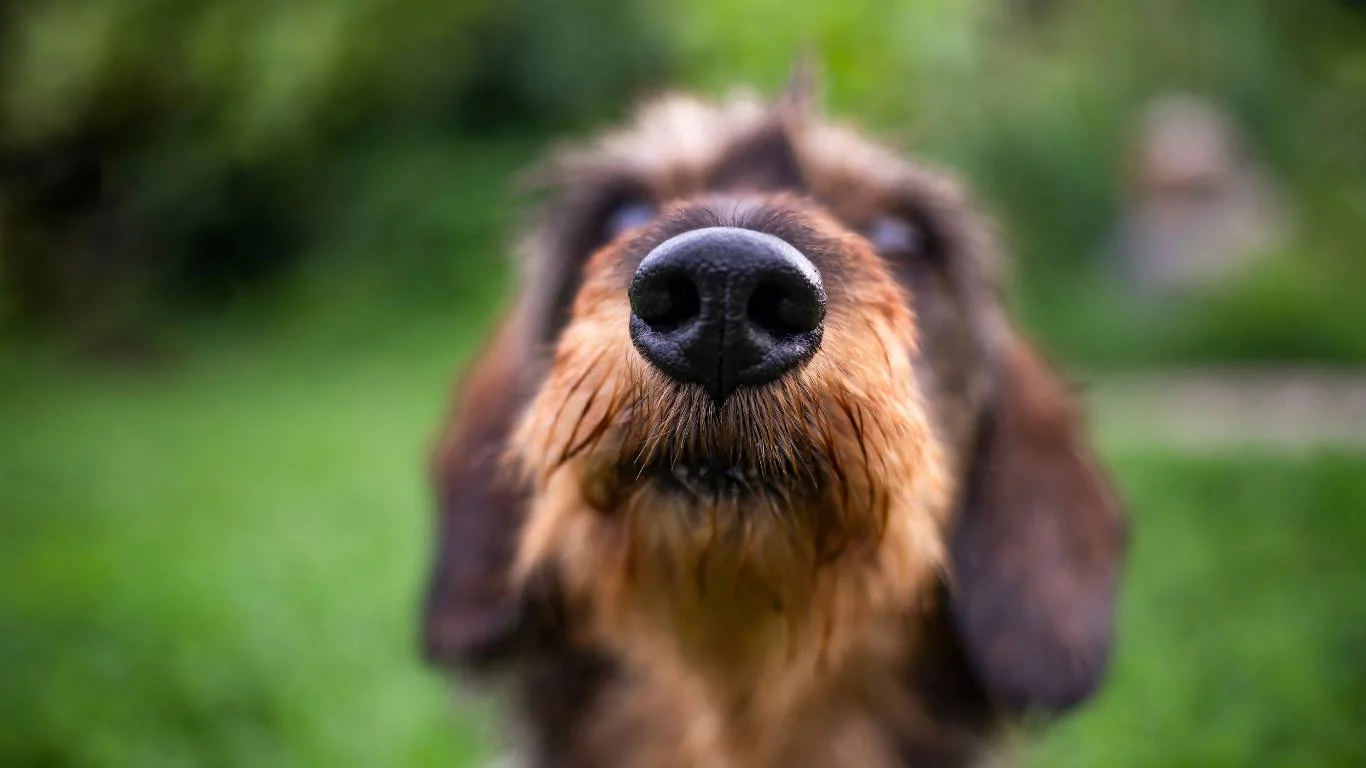
If your dog has stinky breath, red gums, or seems sensitive when chewing or having their face touched, bring it up with your vet — a dental exam and X-rays might be in order.
When Chronic Sneezing Signals Something More Serious
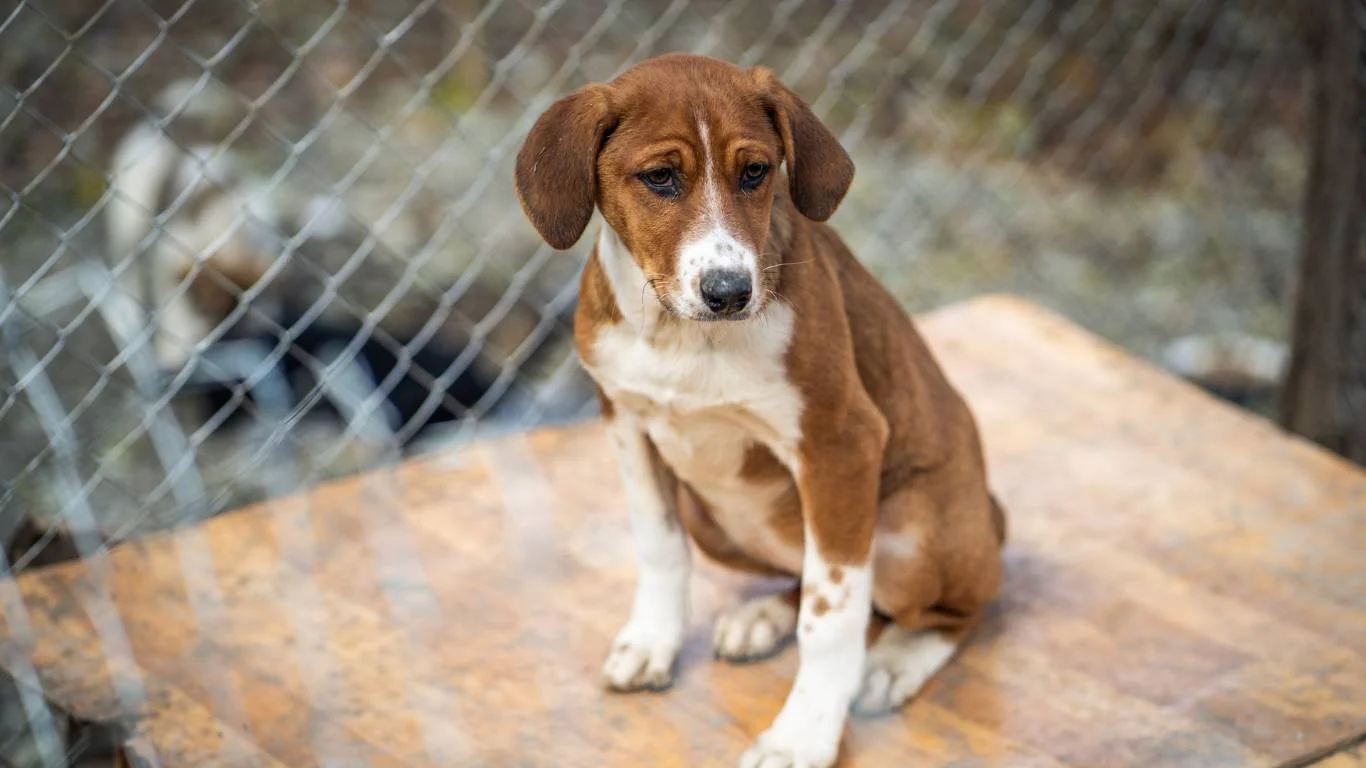
1. Could It Be a Nasal Tumor?
Okay, I know this one sounds scary, and thankfully it’s not super common, but we can’t skip it. In older dogs especially — I’m talking 7+ years — nasal tumors are something we have to consider if the sneezing just won’t stop and nothing else explains it. I once worked with a senior shepherd mix named Duke. His sneezing was nonstop for weeks, and eventually, we found a tumor deep in his nasal cavity through imaging.
What stood out about Duke’s case was the unilateral discharge — that means gunk coming out of just one nostril. That’s a red flag. If you notice this, plus things like:
- Facial swelling or deformity
- Bleeding from one nostril
- Loud breathing sounds or snoring
— please don’t wait. Advanced imaging like a CT scan might be needed, and early detection can really make a difference in quality of life, even if the diagnosis is tough.
2. Reverse Sneezing vs. Chronic Sneezing
Let’s clear this up — reverse sneezing is a totally different thing. It can look (and sound) dramatic, like your dog is choking or snorting in reverse. But it’s actually a spasm in the soft palate and usually not dangerous. I always reassure panicked pet parents during their first “reverse sneeze scare” — it’s freaky the first time, I get it. I had a little Pug patient named Ollie who did it constantly, and his family thought he was having seizures.
So how can you tell it’s reverse sneezing and not true chronic sneezing?
- Reverse sneezing episodes come and go quickly — they don’t last all day
- There’s usually no discharge or other symptoms
- It often happens after excitement, pulling on the leash, or sudden changes in temp
If you’re unsure, record a video and show your vet — it helps us pinpoint what’s going on right away.
Home Care Tips While You Wait for the Vet Visit
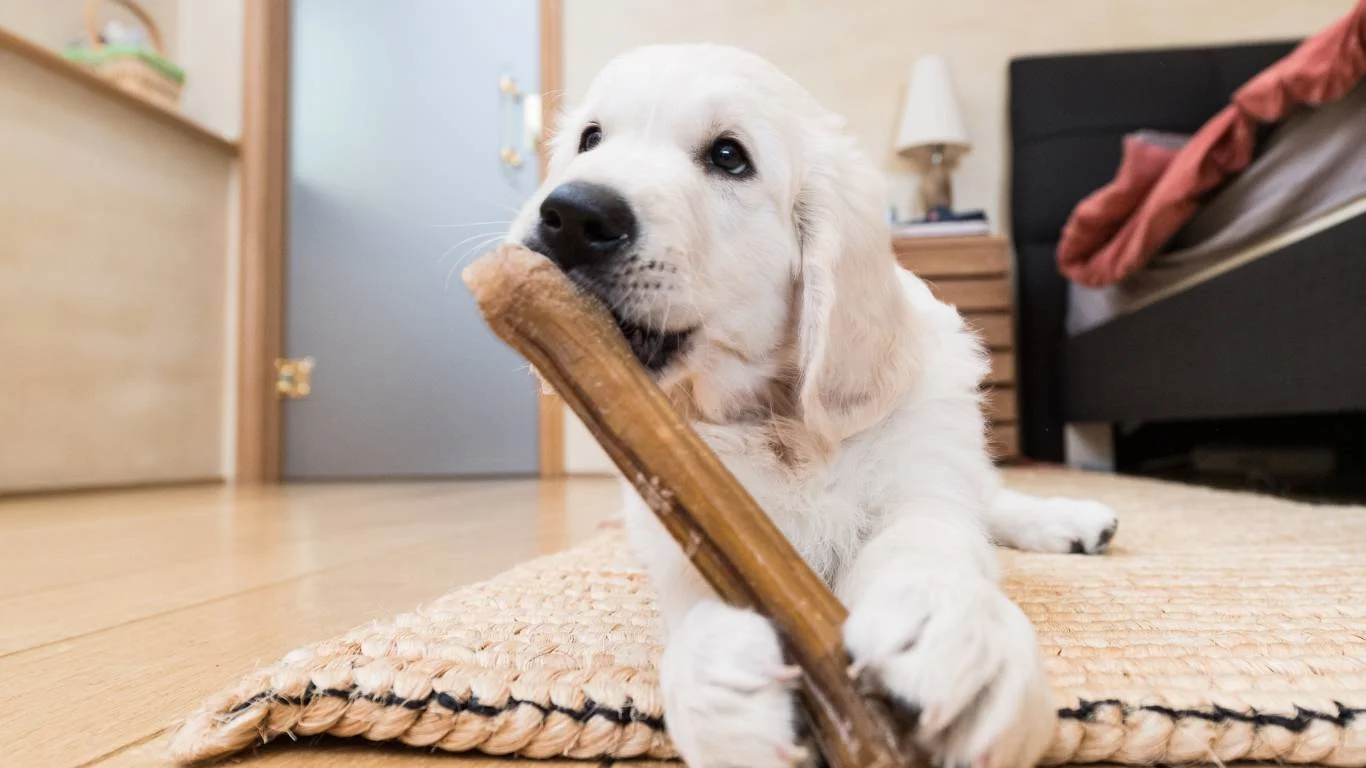
1. Keep the Air Clean
I can’t say this enough — dogs are super sensitive to smells and irritants. Even something like a new plug-in air freshener or freshly sprayed Febreze can send a sensitive snout into sneeze mode. One of my regular clients once swapped their incense sticks for an oil diffuser, and their senior Shih Tzu’s sneezing basically disappeared within days.
Here’s what I usually recommend at home:
- Use HEPA air filters — they’re awesome for dust and allergens
- Wash dog bedding weekly in fragrance-free detergent
- Avoid spraying perfumes or hairsprays near your dog
- Wipe down paws after walks, especially in pollen season
2. Hydration and Humidity Matter
Dry air can irritate your dog’s nasal passages, especially in colder months when the heater’s blasting. Adding a humidifier to your dog’s space can help soothe their respiratory system. I’ve even used a simple steam session — just running a hot shower and letting the dog sit in the steamy bathroom (not in the water) for 10–15 minutes.
Bonus tip: Make sure your pup always has access to fresh, clean water. Hydration helps thin out mucus and keeps everything flowing normally up there.
3. Nutrition Plays a Bigger Role Than You Think
As someone who’s specialized in veterinary nutrition, I’ve seen how diet ties into respiratory health more than people realize. Chronic inflammation in the body — including the sinuses — can be fueled by poor-quality food. Some sneezing-prone pups benefit big time from diets that reduce systemic inflammation.
Here’s what I’ve used with good success:
- Limited-ingredient or novel protein diets (like duck or venison)
- Grain-free if there’s a known sensitivity (not always needed!)
- Added omega-3s from fish oil — they’re anti-inflammatory superstars
- Supplements like quercetin or bromelain (with vet guidance)
I had a Labrador who sneezed year-round until we transitioned him to a salmon-based diet with added probiotics. He still sneezed now and then, but nothing like before — and no more nasal discharge either.
When to Worry (And Call the Vet ASAP)
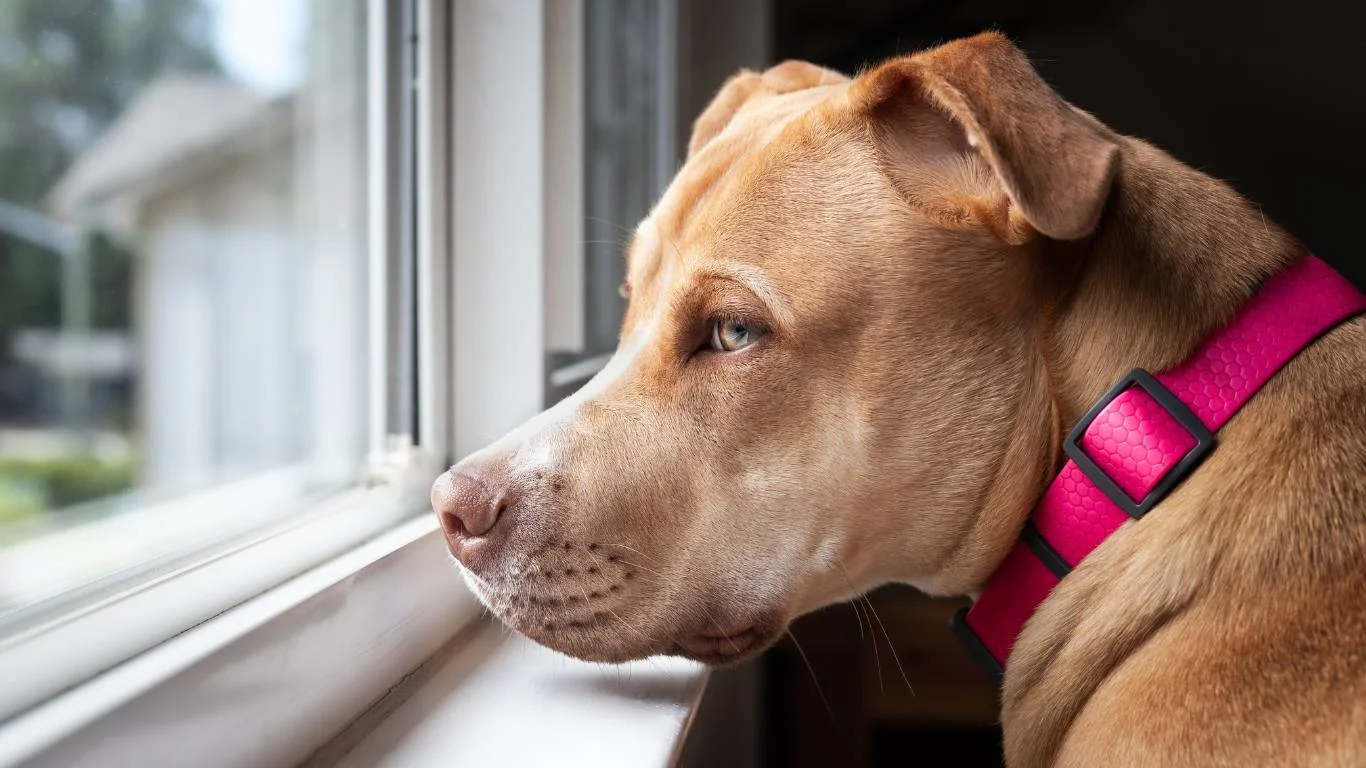
Red Flags You Shouldn’t Ignore
Sometimes chronic sneezing is just a nuisance. Other times, it’s a red blinking warning light. If you’re seeing any of the following, don’t wait for it to pass:
- Blood from the nose (especially if it’s one-sided)
- Swelling around the eyes, snout, or face
- Persistent nasal discharge that’s yellow, green, or chunky
- Changes in appetite or behavior
- Breathing that sounds loud, labored, or snore-like when awake
Trust your gut. I always tell my clients — you know your dog best. If something feels off, it probably is. Get your vet looped in sooner rather than later so you’re not stuck guessing.
And hey, even if it turns out to be something minor, at least you’ll have peace of mind (and maybe some adorable sneezing videos to show the vet — those actually help a lot!).
Treatment Options and Managing Chronic Sneezing Long-Term
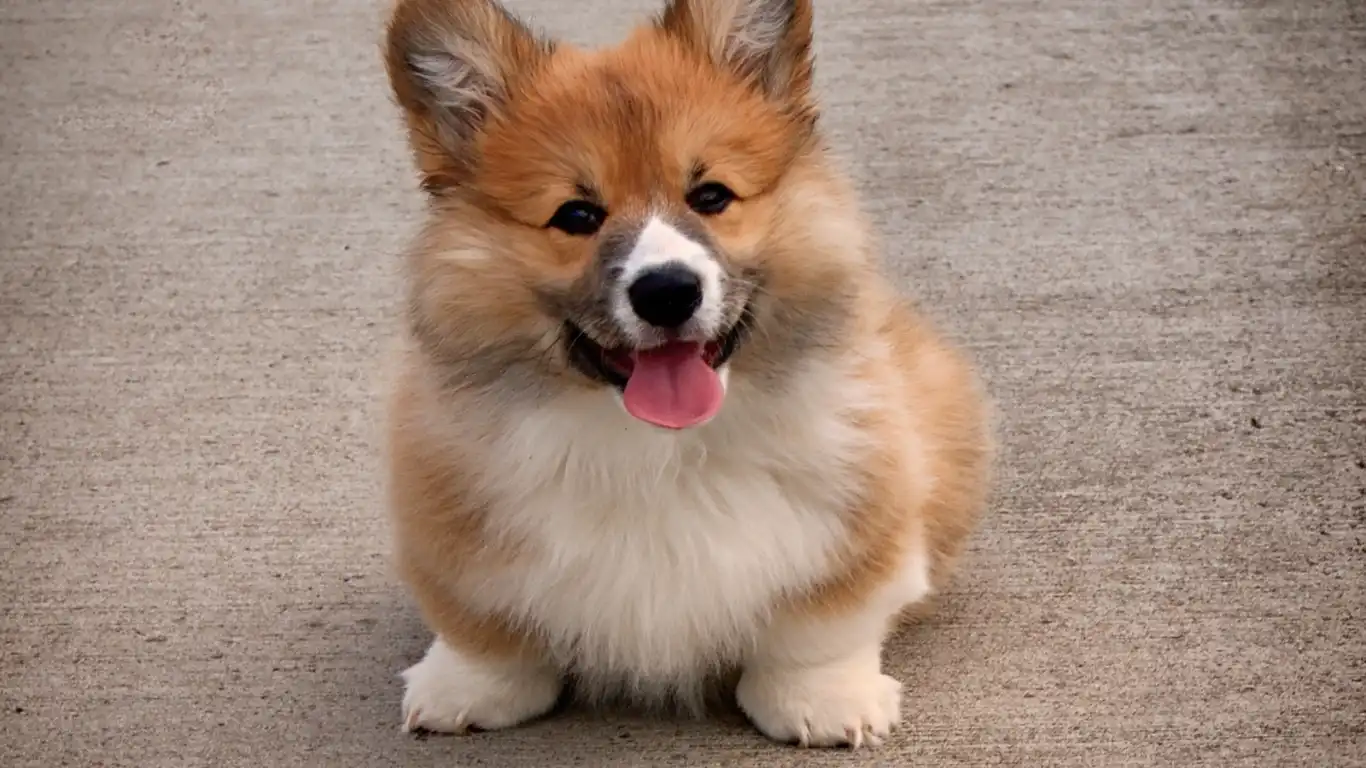
1. What Your Vet Might Recommend
Once you’ve made that vet appointment (and if you haven’t, bookmark this advice!), the vet will start with a thorough exam and possibly some diagnostic tests like nasal swabs, X-rays, or even advanced imaging such as a CT scan. From there, treatment can vary widely depending on the cause — so it’s really a tailored approach.
Here’s a quick rundown of common treatments I’ve seen work well over the years:
- Antihistamines and steroids: For allergy-driven sneezing, these meds help reduce inflammation and irritation. I’ve had many clients notice improvement within days of starting antihistamines.
- Antibiotics or antifungals: If an infection is found, targeted meds clear it up — but be patient; some fungal infections take weeks or even months to resolve.
- Surgical intervention: In cases involving foreign objects, tumors, or dental disease, surgery might be needed. Don’t panic here — vets are skilled at these procedures and recovery times vary.
- Supportive care: This includes humidifiers, nasal rinses (under vet guidance), and minimizing environmental irritants, which you’ve already started if you followed earlier tips!
One thing I always emphasize to clients is consistency. Chronic sneezing often requires ongoing care, especially if allergies are involved, so setting up a long-term plan with your vet will give your dog the best quality of life.
2. Monitoring and Follow-Up
After starting treatment, keep a close eye on your dog’s progress. I like to encourage pet parents to keep a journal or notes — just jotting down daily sneezing frequency, any new symptoms, and changes in behavior or appetite. This info is gold when you head back to the vet for a follow-up.
From experience, some dogs bounce back quickly, while others take time — sometimes even needing adjustments in medications or treatments. Patience is key here. Remember, you’re the ultimate advocate for your dog’s health, and your observations can make all the difference.
Preventing Chronic Sneezing Episodes in the Future
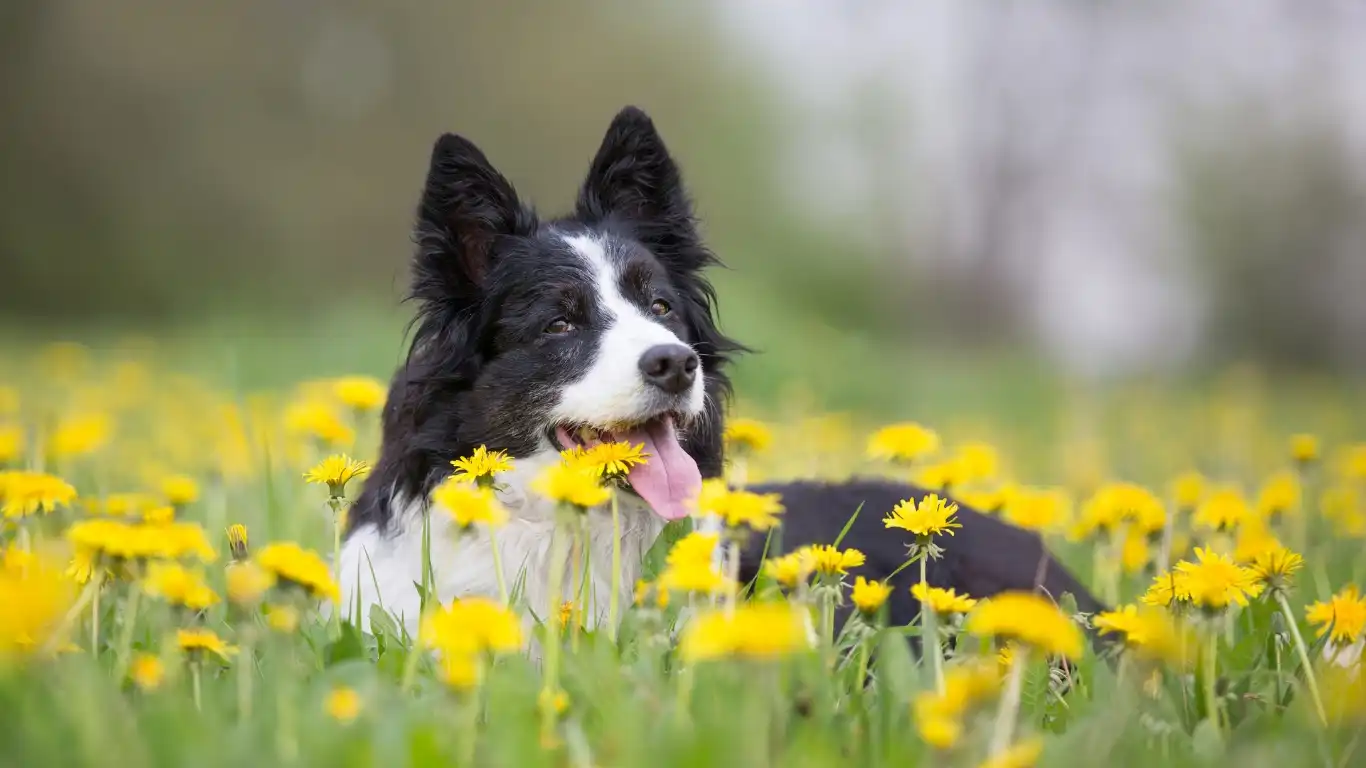
1. Regular Check-Ups and Dental Care
Keeping your dog’s health in check is the best defense. That means regular vet visits, dental cleanings, and being proactive about any early symptoms. I always tell my clients: don’t wait until the sneezing gets out of hand. Sometimes that early, mild sniffle is a signal your dog needs some TLC.
Good dental hygiene isn’t just about fresh breath — it can prevent infections that lead to sneezing. If your vet recommends dental cleanings or at-home brushing, try to stick with it. It’s a game changer.
2. Diet and Supplements for Long-Term Respiratory Health
Nutrition ties in again here. Feeding a balanced, high-quality diet helps your dog’s immune system stay strong and lowers inflammation all over the body, including the respiratory tract. I’ve worked with many dogs on diets enriched with antioxidants, omega fatty acids, and probiotics to support overall health.
If your dog has known allergies, consider talking to your vet about rotating proteins or using hydrolyzed diets to reduce immune reactions. Sometimes, small tweaks make a huge difference.
3. Environmental Awareness
One of the biggest takeaways from my years as a Veterinary Assistant is how much the environment affects our pets. Seasonal changes, household products, and even outdoor air quality can all trigger sneezing. Keeping your home as sneeze-friendly as possible helps, and that means:
- Regular cleaning to minimize dust and dander
- Using air purifiers in sleeping and lounging areas
- Avoiding smoke and strong scents
- Monitoring outdoor activities during high pollen or pollution days
It’s all about creating a safe, comfortable space where your dog can breathe easy.
Resources and Further Reading
For those of you who want to dive deeper into canine respiratory health, allergies, or dental care, these organizations offer trusted, science-backed information:
- American Veterinary Medical Association (AVMA)
- American Animal Hospital Association (AAHA)
- American College of Veterinary Internal Medicine (ACVIM)
- American Gastroenterological Association (AGA) — for nutrition and gut health insights
Disclaimer
This article is for informational purposes only and is not intended to replace professional veterinary advice. If your dog is experiencing chronic sneezing or any other health concerns, please consult a licensed veterinarian for an accurate diagnosis and personalized treatment plan. Early veterinary care can make a huge difference in your dog’s health and well-being.
